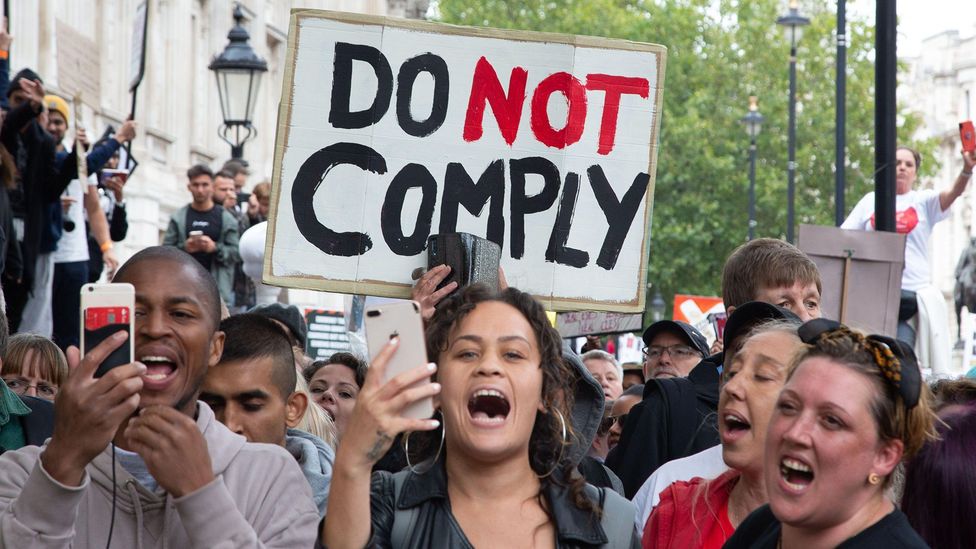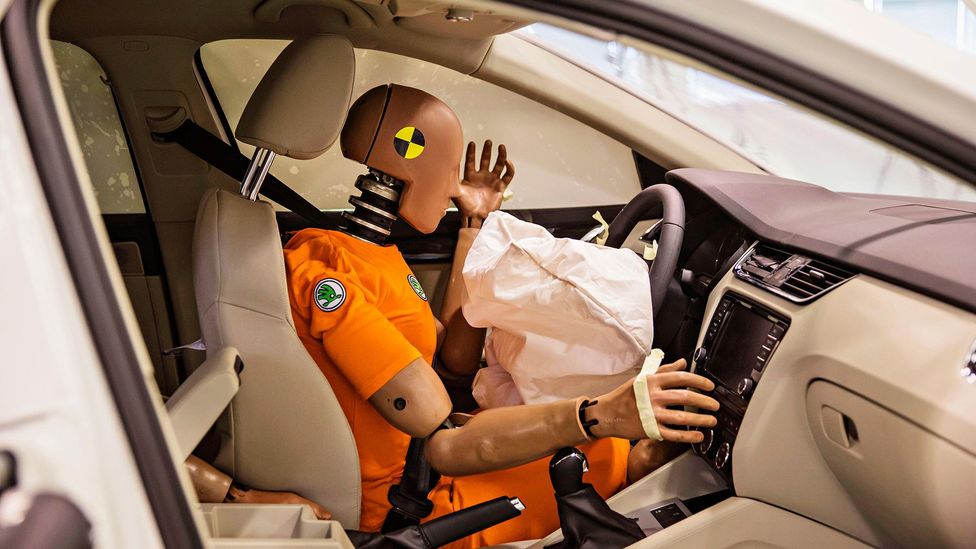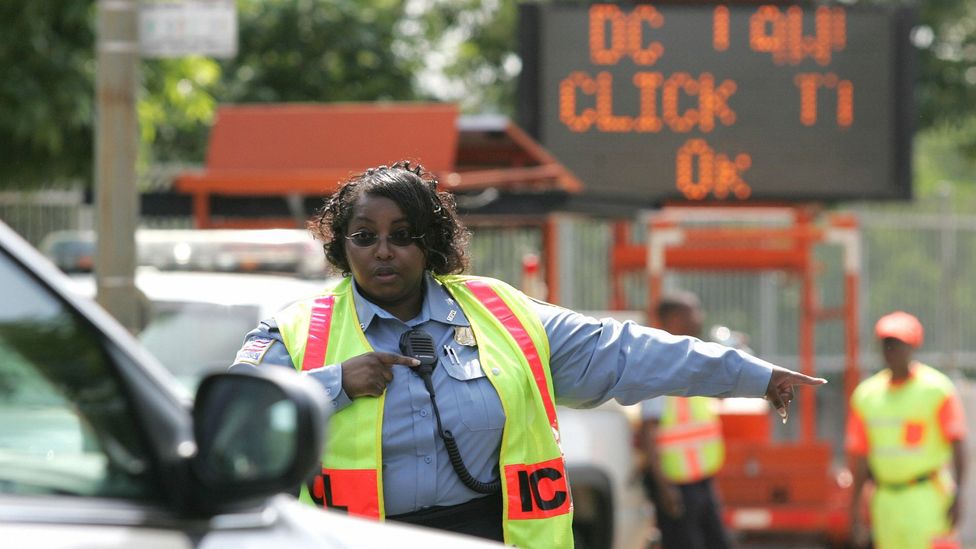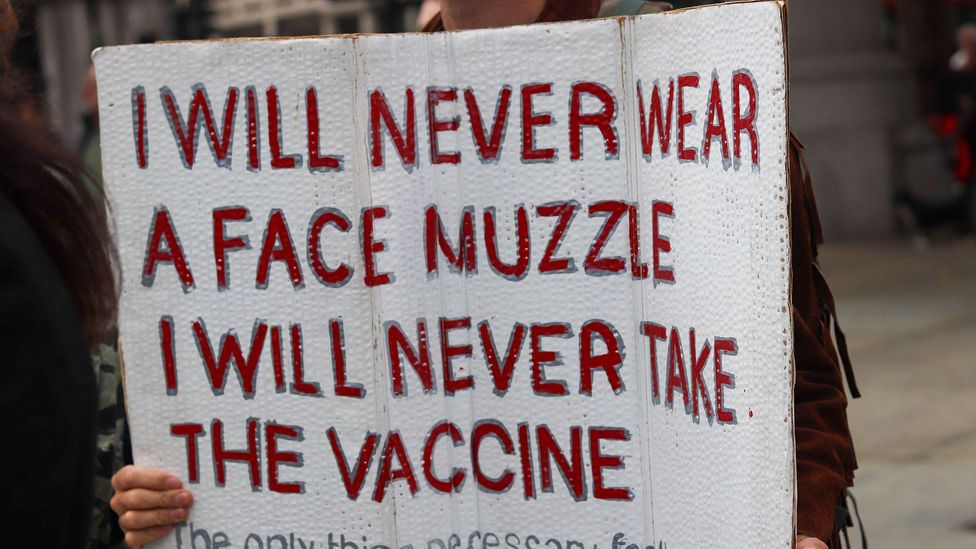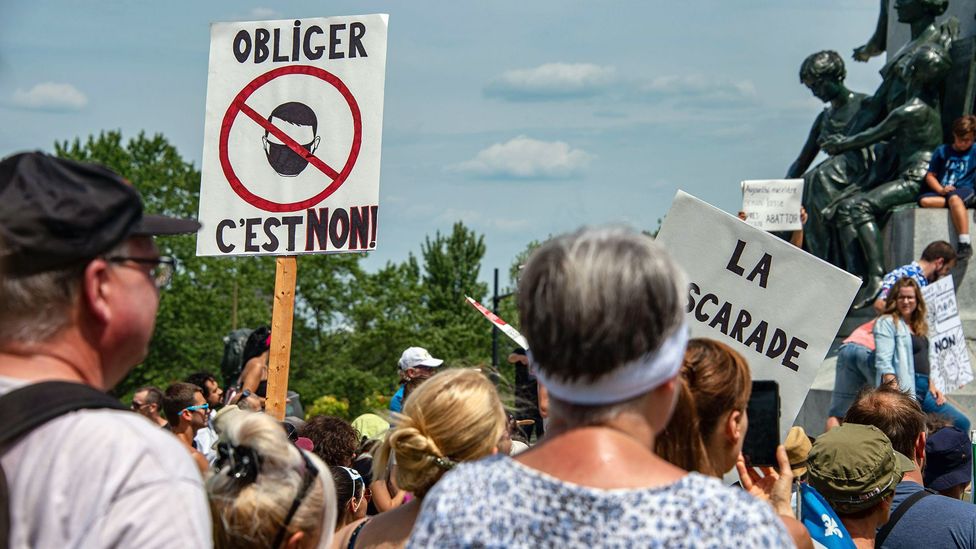- Joined
- Jul 10, 2008
- Messages
- 66,074
- Points
- 113
lacortenews.com
Op-Ed: The Failed Experiment of Covid Lockdowns - LaCorte News
byDamjan Tutarkov
4 minutes
Since they were first implemented in March and April, mandatory lockdown orders and nationwide quarantines have had little to no effect in curbing the spread of COVID-19 and in fact “correlated with a greater spread of the virus,” according to an analysis in the Wall Street Journal.
The research: On top of straining the economy and leading to long-term health consequences, lockdowns have also proven to be “a large policy error,” claims Donald L. Luskin, the Chief Investment Officer for Trend Macrolytics, a consulting firm that focuses on macroeconomic analysis which conducted the new research into the impact of lockdowns.
Luskin outlined the findings in a new op-ed for the Wall Street Journal published Tuesday.
The methodology: Luskin’s firm “tallied the cumulative number of reported cases of Covid-19 in each state and the District of Columbia as a percentage of population, based on data from state and local health departments aggregated by the COVID Tracking Project,” he wrote.
“We then compared that with the timing and intensity of the lockdown in each jurisdiction. That is measured not by the mandates put in place by government officials, but rather by observing what people in each jurisdiction actually did, along with their baseline behavior before the lockdowns. This is captured in highly detailed anonymized cellphone tracking data provided by Google and others and tabulated by the University of Maryland’s Transportation Institute into a ‘Social Distancing Index,'” he explained.
The media can make you stupid and we’re working hard to be an antidote. If you agree, tell a friend to check out LaCorte News!
The findings: The firm analyzed data from the beginning of the year to the point when each state reached maximum lockdown (somewhere between April 8 and April 18) and concluded that the lockdowns actually “correlated with a greater spread of the virus.”
“States with longer, stricter lockdowns also had larger Covid outbreaks. The five places with the harshest lockdowns—the District of Columbia, New York, Michigan, New Jersey, and Massachusetts—had the heaviest caseloads,” Luskin wrote.
“It could be that strict lockdowns were imposed as a response to already severe outbreaks. But the surprising negative correlation, while statistically weak, persists even when excluding states with the heaviest caseloads. And it makes no difference if the analysis includes other potential explanatory factors such as population density, age, ethnicity, prevalence of nursing homes, general health or temperature. The only factor that seems to make a demonstrable difference is the intensity of mass-transit use,” he added.
Luskin said when they conducted the same analysis again from mid-April, when the economy started to reopen, to July 31, found that states that “opened up the most” had the “lightest caseloads.”
States that experienced a so-called “second wave” of COVID-19 cases such as Arizona, California, Florida, and Texas were “by no means the most opened up,” the analysis showed.
“The lesson is not that lockdowns made the spread of Covid-19 worse—although the raw evidence might suggest that—but that lockdowns probably didn’t help, and opening up didn’t hurt,” Luskin wrote.
Op-Ed: The Failed Experiment of Covid Lockdowns - LaCorte News
byDamjan Tutarkov
4 minutes
Since they were first implemented in March and April, mandatory lockdown orders and nationwide quarantines have had little to no effect in curbing the spread of COVID-19 and in fact “correlated with a greater spread of the virus,” according to an analysis in the Wall Street Journal.
The research: On top of straining the economy and leading to long-term health consequences, lockdowns have also proven to be “a large policy error,” claims Donald L. Luskin, the Chief Investment Officer for Trend Macrolytics, a consulting firm that focuses on macroeconomic analysis which conducted the new research into the impact of lockdowns.
Luskin outlined the findings in a new op-ed for the Wall Street Journal published Tuesday.
The methodology: Luskin’s firm “tallied the cumulative number of reported cases of Covid-19 in each state and the District of Columbia as a percentage of population, based on data from state and local health departments aggregated by the COVID Tracking Project,” he wrote.
“We then compared that with the timing and intensity of the lockdown in each jurisdiction. That is measured not by the mandates put in place by government officials, but rather by observing what people in each jurisdiction actually did, along with their baseline behavior before the lockdowns. This is captured in highly detailed anonymized cellphone tracking data provided by Google and others and tabulated by the University of Maryland’s Transportation Institute into a ‘Social Distancing Index,'” he explained.
The media can make you stupid and we’re working hard to be an antidote. If you agree, tell a friend to check out LaCorte News!
The findings: The firm analyzed data from the beginning of the year to the point when each state reached maximum lockdown (somewhere between April 8 and April 18) and concluded that the lockdowns actually “correlated with a greater spread of the virus.”
“States with longer, stricter lockdowns also had larger Covid outbreaks. The five places with the harshest lockdowns—the District of Columbia, New York, Michigan, New Jersey, and Massachusetts—had the heaviest caseloads,” Luskin wrote.
“It could be that strict lockdowns were imposed as a response to already severe outbreaks. But the surprising negative correlation, while statistically weak, persists even when excluding states with the heaviest caseloads. And it makes no difference if the analysis includes other potential explanatory factors such as population density, age, ethnicity, prevalence of nursing homes, general health or temperature. The only factor that seems to make a demonstrable difference is the intensity of mass-transit use,” he added.
Luskin said when they conducted the same analysis again from mid-April, when the economy started to reopen, to July 31, found that states that “opened up the most” had the “lightest caseloads.”
States that experienced a so-called “second wave” of COVID-19 cases such as Arizona, California, Florida, and Texas were “by no means the most opened up,” the analysis showed.
“The lesson is not that lockdowns made the spread of Covid-19 worse—although the raw evidence might suggest that—but that lockdowns probably didn’t help, and opening up didn’t hurt,” Luskin wrote.

